Image
There are a lot of things that can affect the gas mileage of your car. At first glance, the wheels and tires of your vehicle may not seem like they would have an impact at all on your fuel economy. However, they directly impact the overall performance and life of the automobile and how efficiently the car performs, depending on how well they are maintained and the size of the wheels.
The short answer: yes. Tires can make a big difference in the number of miles a driver gets to a tank of gas. In fact, 20% to 30% of a vehicle’s fuel consumption and 24% of road vehicle CO2 emissions are tire-related. Tires affect vehicle fuel efficiency primarily through rolling resistance.
Rolling resistance is how the tire overcomes inertia. But there are a lot of factors involved in rolling resistance and fuel economy, such as road quality and air drag.
Image
Rolling resistance is defined as the measure of force at the axle in the direction of travel required to make a loaded tire roll. That is a technical way of saying rolling-resistance measures how much effort the vehicle must put into making the tires roll along the pavement. Tires with low rolling resistance use modern tread design and new materials to minimize the amount of gasoline or electricity required to move the car.
Image
Tires are the only material connecting a vehicle to the road. And only a small patch of each tire, called the “contact patch”, is connected to the road at any time. If tires are worn out – it not only impairs handling, but worn tires are likely to slip more on the road which requires the engine to work harder to move the vehicle forward.
A harder working engine translates to an inefficient vehicle. An overworked engine also means it uses more gas per mile than a vehicle driving on properly maintained tires.
Tire treads can impact your fuel economy because 35-50 percent of the rolling resistance of a tire comes from the tire tread. Some tread compounds can reduce rolling resistance a great deal. In addition, the shallower the tread, the more fuel efficient the tire will be. So if you can achieve traction, the more fuel-efficient tires might be shallow-tread rib designs. Unlike race car drivers, who use tires with no tread because they provide less resistance and allow their vehicles to more easily achieve higher speeds, the average driver needs tread to help the vehicle easily brake when the weather is bad. Use the proper type of tire for the type of driving. For instance, using chunky tires suited for off-roading for urban driving will significantly decreasing fuel efficiency.
Be mindful that as a tire loses treadwear, its performance decreases – especially in the rain and snow.
Image
Larger tires decrease your fuel economy because they are heavier, while smaller tires increase fuel efficiency.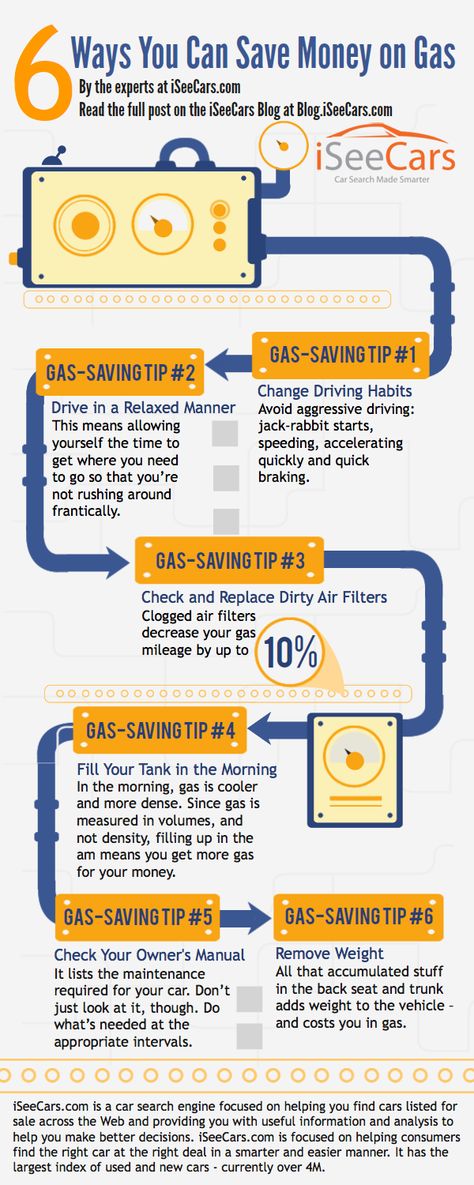 Bigger tires also have a higher rolling resistance than smaller tires which means they require more resistance and effort to get them rolling. So, in stop-start traffic the smaller tire would be the better option because less power is needed so it will get better mileage. However, for freeway driving at high speeds, having larger tires can help increase the vehicle’s fuel efficiency. Is this because while it is easier to get a smaller wheel and tire moving than a larger one, once moving, the engine works harder to make the smaller wheel cover the same distance as a larger one. So, for better fuel economy when cruising, the larger wheel would be better.
Bigger tires also have a higher rolling resistance than smaller tires which means they require more resistance and effort to get them rolling. So, in stop-start traffic the smaller tire would be the better option because less power is needed so it will get better mileage. However, for freeway driving at high speeds, having larger tires can help increase the vehicle’s fuel efficiency. Is this because while it is easier to get a smaller wheel and tire moving than a larger one, once moving, the engine works harder to make the smaller wheel cover the same distance as a larger one. So, for better fuel economy when cruising, the larger wheel would be better.
However, there’s also weight to take into consideration. Some good advice on tire size and weight is for every inch you add in wheel size, compensate by reducing the height of the sidewall. Keep in mind that this will also affect your load capacity, or how much weight the tire can carry.
One of the easiest ways to improve fuel economy is to make certain tires are properly inflated.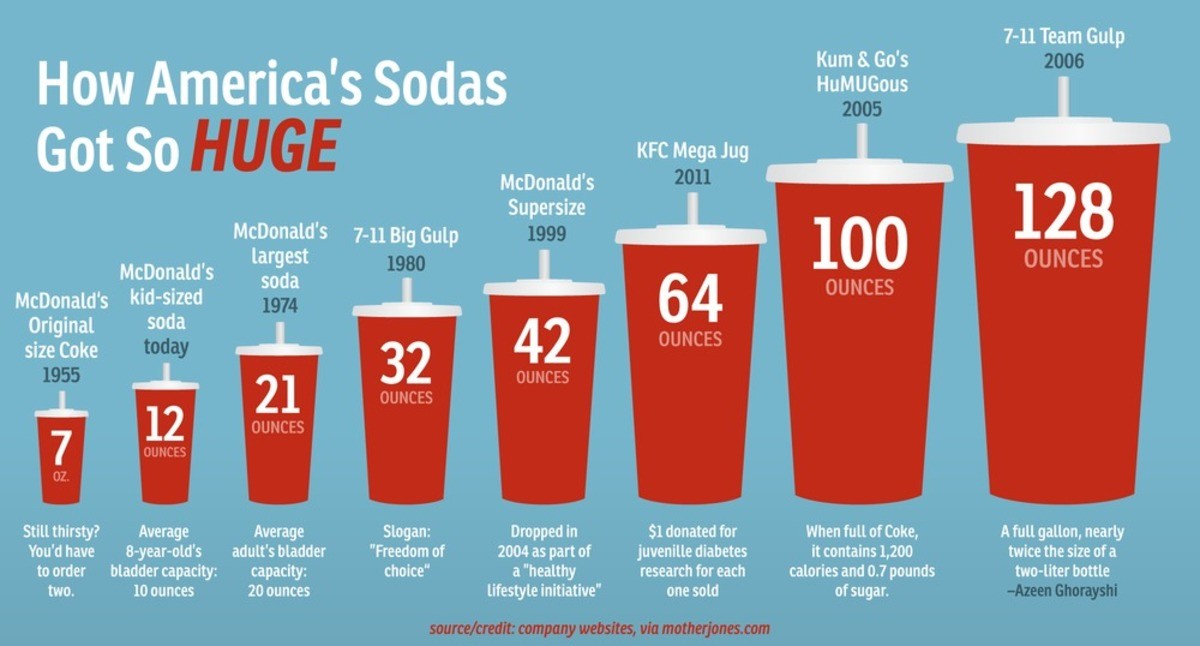 A tire that is 20 percent underinflated can increase a vehicle’s fuel consumption by 10 percent because it provides more resistance, causing your car to expend more effort to get going. Tires with low air pressure will also cause the rubber to bulge where it meets the pavement and create more driving friction (more tire surface meeting the road). Since the weight of the vehicle is not properly supported, this also will put additional strain on the engine. Underinflation also increases the rate of wear on tires and are estimated to cause as many as 10 to 25 percent of blowouts
A tire that is 20 percent underinflated can increase a vehicle’s fuel consumption by 10 percent because it provides more resistance, causing your car to expend more effort to get going. Tires with low air pressure will also cause the rubber to bulge where it meets the pavement and create more driving friction (more tire surface meeting the road). Since the weight of the vehicle is not properly supported, this also will put additional strain on the engine. Underinflation also increases the rate of wear on tires and are estimated to cause as many as 10 to 25 percent of blowouts
Image
In contrast. overinflation of tires can also be dangerous. It can seriously alter the contact patch, reducing the tire’s grip and performance. Overinflation can also place undue stress on the tire, shortening its life span.
Image
To get the best gas mileage, make a habit of checking your tire pressure once a month. Studies show that 42 percent of drivers are unable to identify low tire pressure in their vehicles.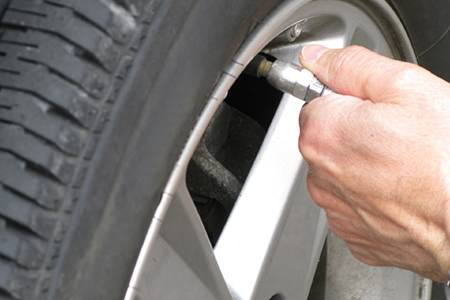 By checking your tire’s air pressure regularly, you can ensure that the recommended psi is maintained for optimum performance. Relying solely on the tire pressure monitoring system is not recommended as it will usually provide an alert only when the air pressure reaches 25 percent below where it’s supposed to be.
By checking your tire’s air pressure regularly, you can ensure that the recommended psi is maintained for optimum performance. Relying solely on the tire pressure monitoring system is not recommended as it will usually provide an alert only when the air pressure reaches 25 percent below where it’s supposed to be.
There are many claims that nitrogen-filled tires enhance a vehicle’s handling and extends the life of the tires. The claims sound impressive, but are they true? Well, yes….and no.
Airing up tires with nitrogen won’t enhance a vehicle’s performance such as improving ride, handling, or braking. While the air we breathe and tend to fill our tires with is primarily composed of nitrogen anyway (78 percent nitrogen, 21 percent oxygen, and traces of carbon dioxide, water vapor, and noble gases such as neon and argon), pure nitrogen affects tires differently, and can have some advantages.
The main advantage of filling tires with nitrogen over regular compressed air is its ability to maintain proper tire pressure better than regular air, which is key in maintaining traction between the vehicle and the street.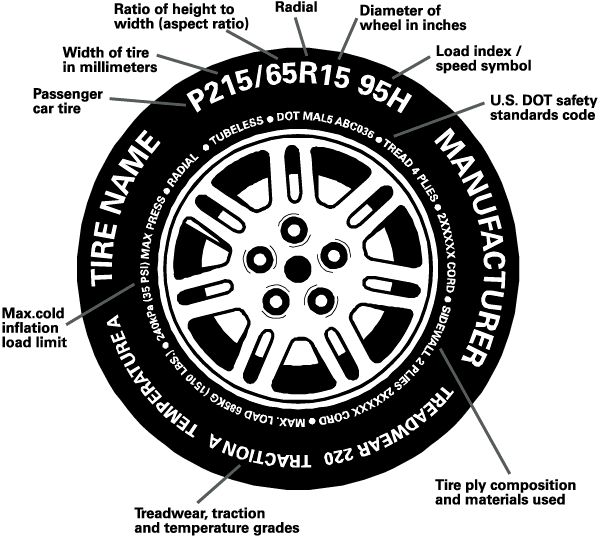 Nitrogen reduces the temperature swing’s effect on tire pressure as it isn’t as susceptible to temperature changes as oxygen. Since the molecules that comprise nitrogen’s chemical structure are larger than oxygen’s molecules, nitrogen is less likely to seep through rubber, the prime culprit for deflated tires. Nitrogen-filled tires less susceptibility to temperature swings, is also partly because air has water vapor in it (humidity), and humid air is also more susceptible to pressure changes as a result of temperature. These factors help nitrogen keep the tire pressure more stable over the long term under a wide variety of temperatures and vehicle speeds, and might also extend the life of tires.
Nitrogen reduces the temperature swing’s effect on tire pressure as it isn’t as susceptible to temperature changes as oxygen. Since the molecules that comprise nitrogen’s chemical structure are larger than oxygen’s molecules, nitrogen is less likely to seep through rubber, the prime culprit for deflated tires. Nitrogen-filled tires less susceptibility to temperature swings, is also partly because air has water vapor in it (humidity), and humid air is also more susceptible to pressure changes as a result of temperature. These factors help nitrogen keep the tire pressure more stable over the long term under a wide variety of temperatures and vehicle speeds, and might also extend the life of tires.
Water vapor produced by oxygen in air can have a corrosive effect on certain components of the tire, such as the sensors used by tire pressure monitoring systems. The corrosion can cause the sensors to wear out faster. Pure nitrogen is an inert gas that doesn’t react to other substances, and therefore has no water vapor that can corrode the components of the tire.
The increments in pressure change due to temperature fluctuations in regular air is relatively small because air is 78 percent nitrogen. In addition, most auto parts are made to be non-corrosive in the long term. These reasons, combined with regular air being cheaper and more accessible than nitrogen (which can cost more than $5 per tire to inflate and be difficult to find), there is not enough of a meaningful difference to justify the extra expense and effort of filling with nitrogen for the average driver. Keeping tires properly pressurized is far more important than what air is used to fill them.
WheelsImage
If you still think your vehicle could be more fuel efficient after all these steps, consider customizing your wheels. Most wheels are made of steel, but depending on the weight of your vehicle, you may be able to opt for a lighter alloy wheel. This could decrease the weight of your vehicle and, thus, minimize your car’s resistance. However, be aware that this may affect the types of tires you can buy for your car. If it forces you to get wider tires, you will be trading off some fuel efficiency.
However, be aware that this may affect the types of tires you can buy for your car. If it forces you to get wider tires, you will be trading off some fuel efficiency.
Image
While the type of tires and wheels can impact gas mileage, proper alignment can also affect a vehicle’s performance. If the alignment is off, it makes the car work harder when you are steering, which means it uses more gas. Regularly take your car in to check the alignment and to have the tires rotated. It is also a good idea to have your shocks or struts checked for excessive wear or damage. Their failure can quickly lead to uneven tire wear.
Do larger tires get better gas mileage? The short answer is, no. Though, the real answer is a bit more complicated than a simple yes or no answer. The truth is that in many instances larger tires will not increase a vehicle’s fuel efficiency; however, there are many aspects of tires that can contribute a vehicle’s gas mileage apart from the tire’s size.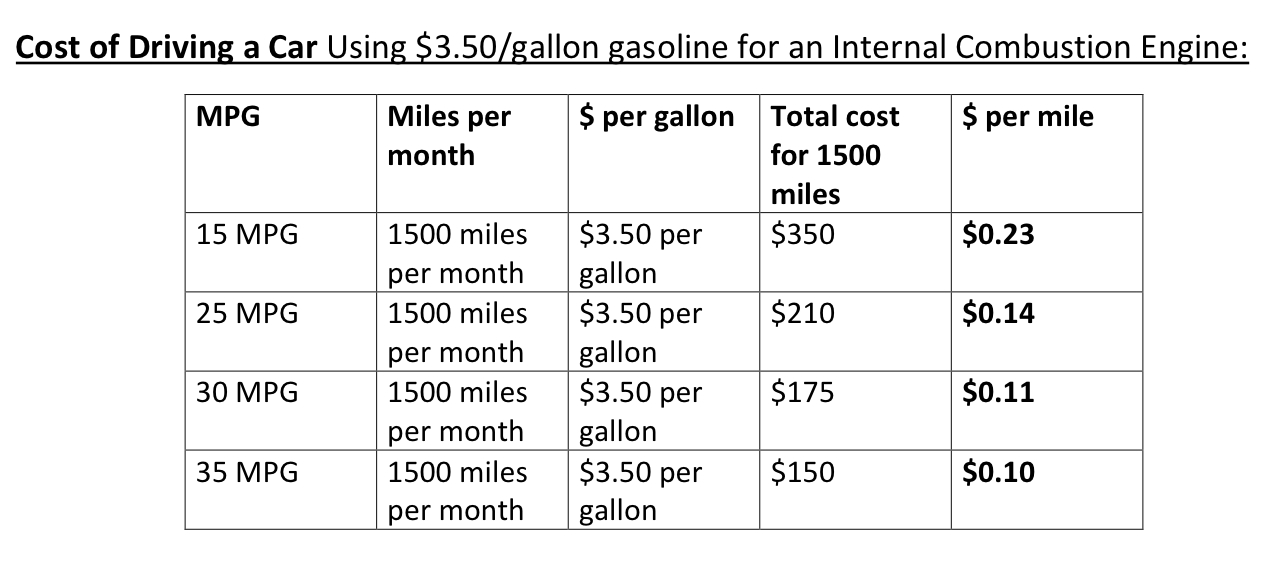 One of the reasons that larger tires will not lead to an increase in a car’s gas mileage is because they are heavier than smaller tires – every extra pound will, in essence, decrease a vehicle’s fuel efficiency. Larger tires will not increase a vehicle’s fuel economy because larger tires generally have a high rolling resistance, which refers to the amount of force required to move a tire from a resting position. And the wider the tire the higher the rolling resistance is and the harder the engine has to work to move the tire, thus decreasing the car’s fuel efficiency.
One of the reasons that larger tires will not lead to an increase in a car’s gas mileage is because they are heavier than smaller tires – every extra pound will, in essence, decrease a vehicle’s fuel efficiency. Larger tires will not increase a vehicle’s fuel economy because larger tires generally have a high rolling resistance, which refers to the amount of force required to move a tire from a resting position. And the wider the tire the higher the rolling resistance is and the harder the engine has to work to move the tire, thus decreasing the car’s fuel efficiency.
In reality, you really shouldn’t worry though about decreased fuel economy if you have or are planning to outfit your vehicle with larger tires. In most cases, the drop in fuel efficiency that someone might experience by outfitting their vehicle with larger tires is usually too small for the average person to notice. In April 2010, Car and Driver conducted a thorough test on a new Volkswagen Golf 2.5 to see how much of an impact larger tires had on the vehicle’s fuel efficiency.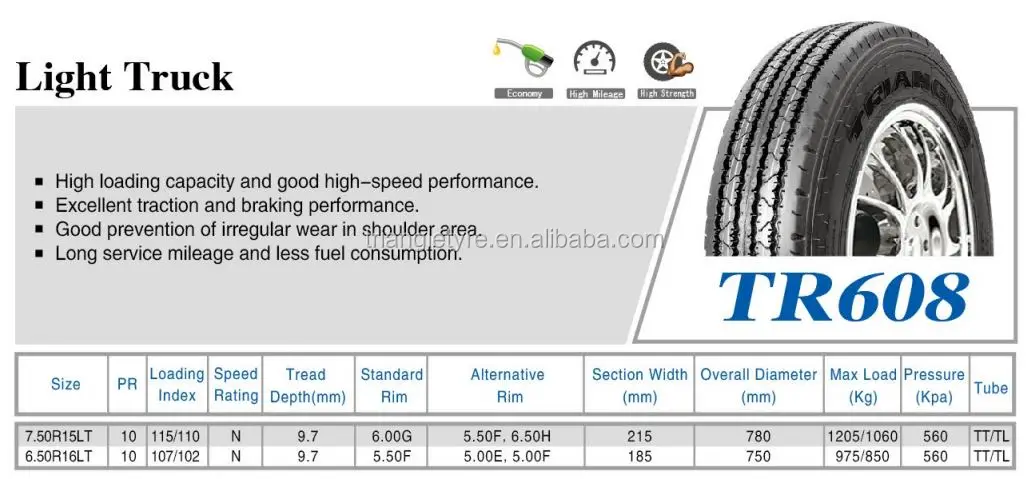 The Volkswagen Golf 2.5, which has a factory tire size of 15 x 6.0 inches was tested with tires as large as 19 x8.5 inches in the Car and Driver test. With the standard 15 x 6.0 in tires the Volkswagen Golf 2.5 was rated with a fuel economy of 23.3 miles per gallon (MPG) in the Car and Driver test. When the Volkswagen was equipped with 19 x 8.5 inch tires the fuel economy dropped to only 21.1 MPG – that’s less than a 10% decrease in fuel economy.
The Volkswagen Golf 2.5, which has a factory tire size of 15 x 6.0 inches was tested with tires as large as 19 x8.5 inches in the Car and Driver test. With the standard 15 x 6.0 in tires the Volkswagen Golf 2.5 was rated with a fuel economy of 23.3 miles per gallon (MPG) in the Car and Driver test. When the Volkswagen was equipped with 19 x 8.5 inch tires the fuel economy dropped to only 21.1 MPG – that’s less than a 10% decrease in fuel economy.
Larger tires can in fact, increase a vehicle’s gas mileage if the vehicle is regularly traveling with consistent speeds over 60 miles per hour. So if you do a lot of highway driving then larger tires might be the way to go. If you want the best of both worlds – large tires and fuel economy– then take the time to carefully evaluate your tire choice. Tire weight is certainly a significant factor in determining fuel economy but everything down to the tire’s tread pattern can affect a car’s gas mileage. Large tires with a low rolling resistance will be more efficient than those with a high rolling resistance.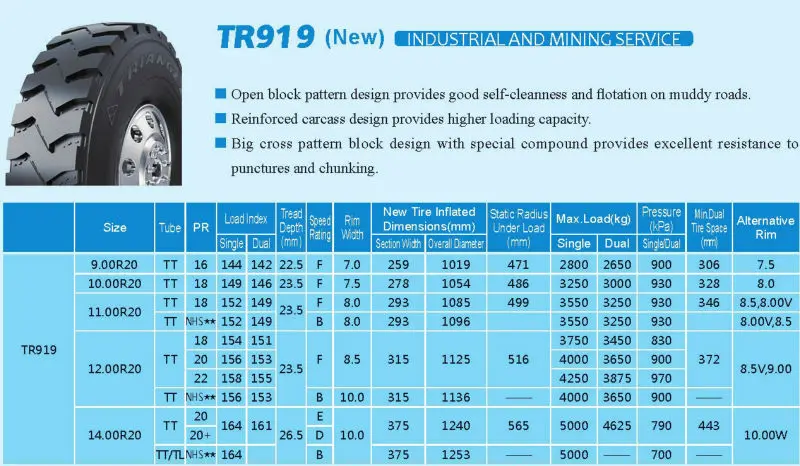 And depending on your driving habits off-road tires may be more fuel efficient than all-season tires. So do larger tires get better gas mileage? Large tires won’t necessarily make a vehicle have poor fuel economy and a car with smaller tires will not always be more fuel efficient, in the end it all comes down to choosing the best tire for your vehicle, large or small.
And depending on your driving habits off-road tires may be more fuel efficient than all-season tires. So do larger tires get better gas mileage? Large tires won’t necessarily make a vehicle have poor fuel economy and a car with smaller tires will not always be more fuel efficient, in the end it all comes down to choosing the best tire for your vehicle, large or small.
Photo by: The United States EPA
Source: Ask, Car and Driver
Share This Page
Year: Choose Year20222021202020192018201720162015201420132012201120102009200820072006200520042003200220012000199919981997199619951994199319921991199019891988198719861985198419831982198119801979197819771976197519741973197219711970196919681967196619651964196319621961196019591958195719561955195419531952195119501949194819471946 Make: Make Model: Model Don't See Your Vehicle? Loading. |
In every automotive forum, you can find topics related to fuel economy. This question will always be in the TOP. Despite all the advertising campaigns, drivers have to look for alternative ways to solve this problem. Perhaps if you drive once a week, then this topic does not bother you. But for drivers who are constantly behind the wheel, it will be interesting to know how you can save money. Today, more often they are interested in how disks affect acceleration and fuel consumption? Skeptics may say no, but practitioners will try to prove otherwise.
There have been numerous articles on the net that a heavy car will consume more fuel than a similar model, but with less weight. Drivers try to remove everything superfluous from the car. Some clean regularly so that no unnecessary things remain in the cabin or trunk.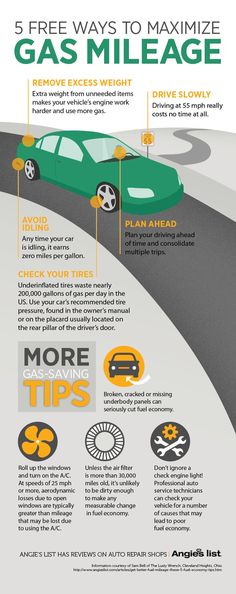 Practical people think about changing steel wheels to cast ones. Light-alloy models are much lighter than steel, which means that the weight of the car is reduced. As a result, less fuel is required to cover a given distance.
Practical people think about changing steel wheels to cast ones. Light-alloy models are much lighter than steel, which means that the weight of the car is reduced. As a result, less fuel is required to cover a given distance.
Experts conducted an analysis, for which they took two cars with different weights. Result: every 500 kg increase fuel consumption by approximately 700 liters per year.
By increasing the size of the disk, you automatically increase the size of the tires, which means that the weight of the car increases, which leads to greater fuel consumption. It is better to install wheels and tires recommended by the manufacturer.
Chasing fashion trends, drivers neglect the advice of manufacturers by installing wide wheels and tires. As a small experiment, you can measure the flow yourself. The first thing that will slow down is air resistance. That is, the car will need more "energy" to travel a certain distance. The observations have confirmed that cars of the same brand with different wheels and tires consume different amounts of liters of fuel.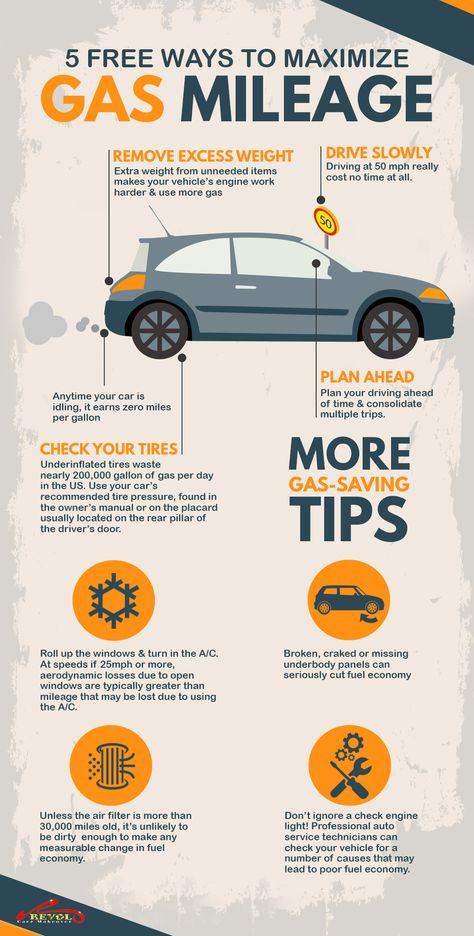
If you install wide wheels (within the permissible limits from the factory equipment), then the difference will be about 0.5 liters per 100 km. For those drivers who are always behind the wheel, this difference can be noticeable.
It would be wrong to talk only about the acceleration of the car, be sure to pay attention to the braking speed. In general, a general conclusion can be drawn that the diameter of the selected disks affects the dynamics of a car. As already mentioned, we increase the diameter - the mass "grows" - the controllability decreases. Keep in mind that by changing the wheels even by 1 size, you can get an impressive difference in acceleration. Tires (rubber) in their density will be lighter than metal, only the weight of the disk affects? No. The fact is that many people forget about inertia, which will grow faster than the mass (meaning the percentage of smaller and larger sizes). The rim gives the discs the most weight.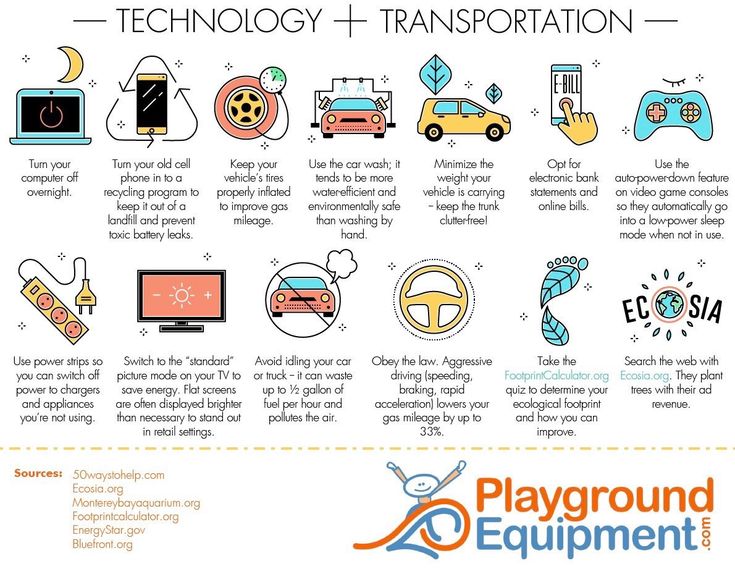 If you take two identical tires and discs of smaller and larger diameters, then the moment of inertia will be less for wheels with smaller diameter discs. Why is it important to consider inertia? The inertia of a car is considered the main force that a car overcomes in the process of acceleration. The next time you need to overcome this process is braking. In a car, the wheels are the only component that begins to actively “work” when the gas pedal is pressed, that is, they are supplied with energy for rotation. And if the wheels are too heavy, it will take significantly more energy and time to accelerate the rotation and move from place.
If you take two identical tires and discs of smaller and larger diameters, then the moment of inertia will be less for wheels with smaller diameter discs. Why is it important to consider inertia? The inertia of a car is considered the main force that a car overcomes in the process of acceleration. The next time you need to overcome this process is braking. In a car, the wheels are the only component that begins to actively “work” when the gas pedal is pressed, that is, they are supplied with energy for rotation. And if the wheels are too heavy, it will take significantly more energy and time to accelerate the rotation and move from place.
You can choose smaller diameter rims and match them with higher rubber, while maintaining the outer diameter of the tire. The car will run better. Why? A smaller disc diameter has a smaller force application arm. It is believed that with excellent grip on asphalt and a small diameter of the wheels, acceleration will be faster.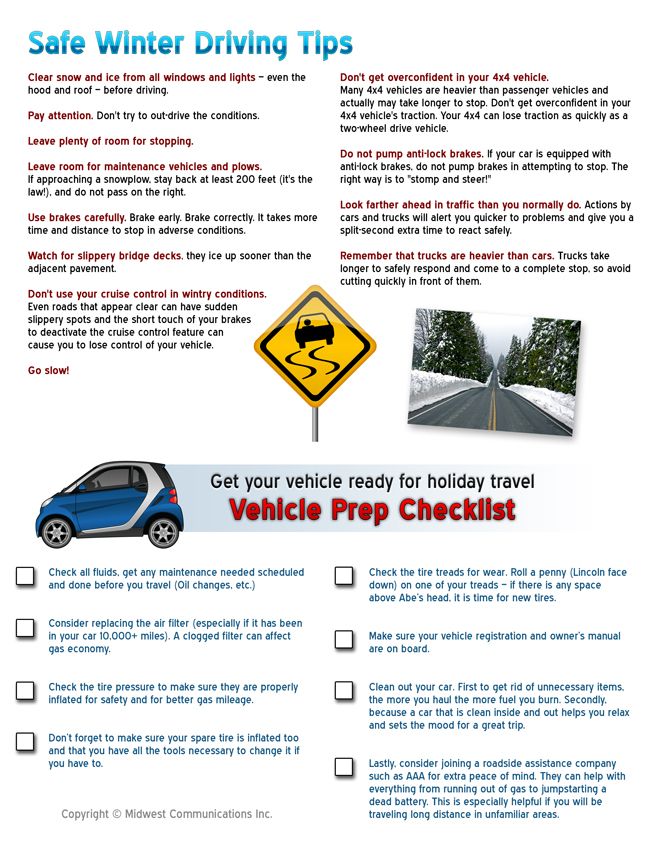 But, unfortunately, not always an ideal coating, and one hundred percent grip is impossible a priori. All the extra power goes into towing, acceleration is actually limited by the clutch. But this can also be corrected. Dynamics to improve, but it is only necessary to take into account the reasons, and then resort to specific actions:
But, unfortunately, not always an ideal coating, and one hundred percent grip is impossible a priori. All the extra power goes into towing, acceleration is actually limited by the clutch. But this can also be corrected. Dynamics to improve, but it is only necessary to take into account the reasons, and then resort to specific actions:
In general, try to buy rims so that the overall diameter of the wheels is as small as possible. Look for the optimal middle ground in terms of quality, diameter, weight and design - avoid extremes.
You can get the maximum speed with big wheels, you can accelerate faster and save on fuel with lighter wheels. If you reduce the weight of each wheel by one kilogram, then this will be equivalent to reducing the weight in the passenger compartment of the car by 40 kg. Your car will drive smoothly and will not lose its acceleration characteristics.
Your car will drive smoothly and will not lose its acceleration characteristics.
Never forget quality. A lot depends on the manufacturer. There and technology, and "composition", and compliance with technical parameters, everything may differ. Ideally - the original or a replica recommended by the manufacturer.
As can be seen from all of the above, the choice of discs is of great importance for overclocking, or rather, for the dynamics of a car. On long distances, lightweight wheels will make you feel the fuel savings. At the same time, it is categorically impossible to choose extremes: it is equally bad for a wheel diameter that is too large, and too small. Of course, a lot depends on the brand of car and the manufacturer of wheels and tires, trust trusted brands, and then you won’t have to pay extra.
snegohod-rybinsk.ru
What to do if the fuel consumption shown by your car hurts your wallet more and more painfully? In this case, the next time you buy new tires, you should remember that the right tire can help save significant money on gas stations.
Maxim Stroker
Saving a liter or two for every 100 kilometers will allow the right approach to the selection and operation of tires. The level of fuel consumption, among other factors, is significantly affected by the rolling resistance of the wheel. It depends on a number of parameters.
One of them is tire pressure. It is known that a large amount of energy is spent on mechanical deformation of the wheel during rolling. The less it is inflated, the more it collapses when moving. Conclusion: to save fuel, the wheel should be pumped slightly. This does not have the best effect on its shock-absorbing properties, accelerating the wear of the suspension elements and significantly reducing the comfort of the cabin occupants. Pumped-over wheels "cling" to the road worse - with all the ensuing consequences for the car's handling and safety.
Energy losses due to mechanical deformation of the wheel are also affected by the characteristics of its material. The more “oak” and less elastic the rubber compound is used to create a particular tire model, the less it is prone to deformation. This effect, by the way, is widely used by wheel manufacturers when creating so-called "energy-saving tires". In real life, their use affects the handling of the car in much the same way as excess tire pressure. Although advertising "energy-saving" rubber, of course, does not mention this.
This effect, by the way, is widely used by wheel manufacturers when creating so-called "energy-saving tires". In real life, their use affects the handling of the car in much the same way as excess tire pressure. Although advertising "energy-saving" rubber, of course, does not mention this.
As far as the tread pattern is concerned, the less "toothy" it is, the lower its contribution to rolling resistance and excessive fuel consumption.
Tire width is one of the most significant factors affecting rolling resistance. Among other things, its increase also increases the mass of the wheel in the most significant way, since it also entails an increase in the width and rim. This results in additional power consumption of the motor. The narrower the tire, the less, ultimately, the fuel loss attributable to it. According to data from various sources, by reducing the tire width index R16 from 265 to 185, it is possible, ceteris paribus, to obtain fuel savings of 1-2 liters per 100 kilometers.